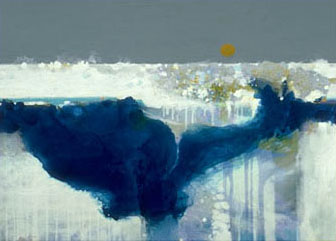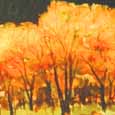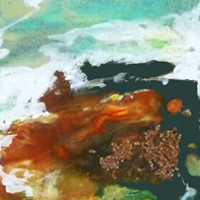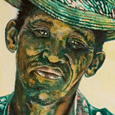
Edward Betts
“Ice Falls” by Edward H. Betts
Here’s a link to some info and art of one of my favourite artists – “Edward H. Betts – (1920-2008)” His work is quite abstract, yet often hints at landscape. As you will see from the art on the linked page, he gets away with amazingly wild colour use. Betts worked in both watercolour and acrylic paint. His book “Masterclass in Watermedia” is a classic that was one of my earliest inspirations as a beginning artist. I still love his work today!



